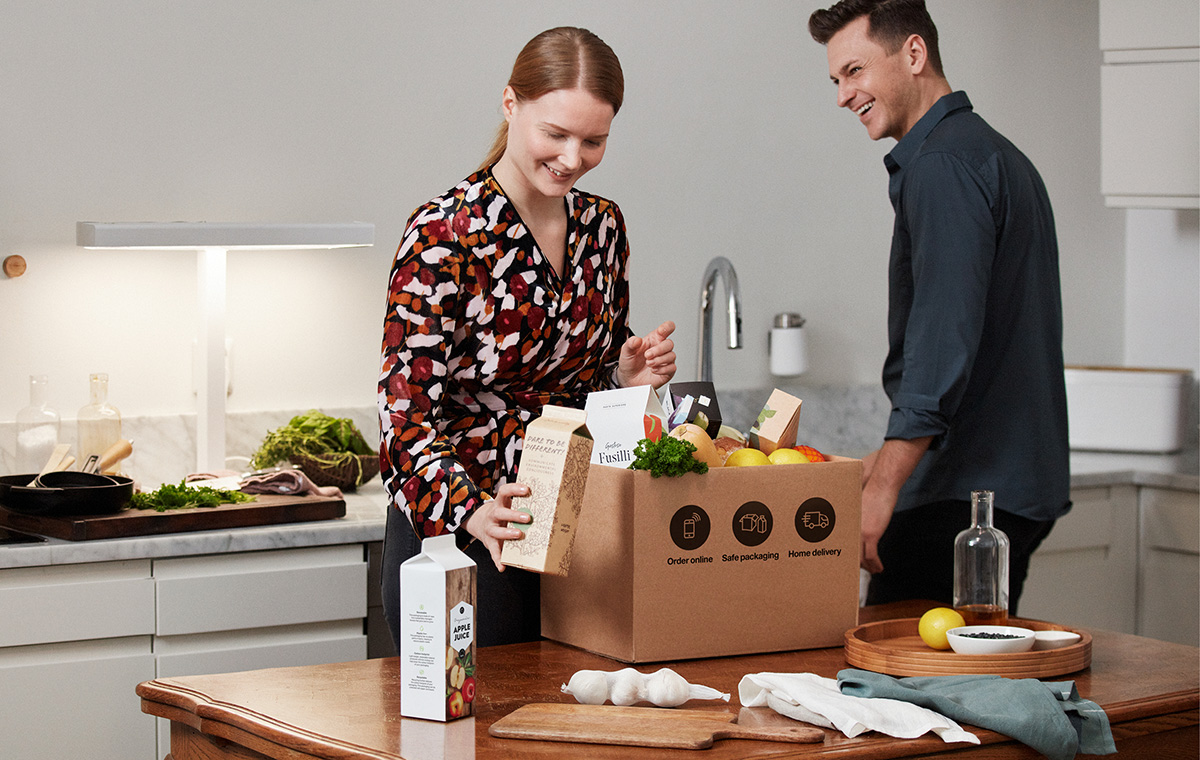But we also need to consider what happens to these materials after they’ve done the job of protecting the product. Disposable material needs to be circular so that it doesn’t lead to a burden for our environment. Solutions range from re-use to recycling to composting. Below I highlight three areas where packaging circularity and food waste prevention work hand-in-hand.
1. Advanced and next-generation materials. Fiber-based packaging has many merits: it is renewable, recyclable, and durable. However, on its own, it isn’t yet suited for every food application. The duo of barrier coatings and paperboard form a solution that expand the power of fiber-based packaging to offer benefits like sealability, light protection, moisture resistance, and aroma and gas barriers – all critical in preventing food spoilage and waste. I’d like to highlight that today’s barrier boards help brand owners ensure food safety while minimizing the amount of plastic in their packaging, both elements of food packaging sustainability. Advancements in barrier technology have led to more recyclable and circular offerings -- like dispersion-coated Tambrite Aqua+ -- as well as biobased and compostable alternatives.
2. Packaging design. Packaging is everchanging as designers envision more convenient, safer, and minimized design concepts. At best, we can achieve reduction in food waste and also reduce the amount of materials used per package. I was inspired by the winners of this year’s Recreate Packaging design competition hosted by Stora Enso, and we can look to them to get a sense of the future of packaging design. Concepts include “The Ketchup Bellow,” a squeezable fiber-based ketchup container; “Endless Pastability,” a spaghetti box with built-in portioning; and “Herb:CUBE,” a self-watering herb package. Take a look at the designs here, and see for yourself how fiber-based packaging can play a pivotal role in reimagining the future of food packaging and how we can tackle the waste challenge.
3. Recycled fiber. Once the package has done its job, what happens? In a truly circular economy, the value of material is retained for as long as possible, and so packaging needs to be suited for recycling. I’m proud to see great progress in recycling infrastructure and technology, like our new beverage carton recycling line at our Ostroleka, Poland site. This demonstrates how collaboration and the right investments can advance food packaging circularity on a larger scale. In future, we want to enable the use of recycled fibers in all our product lines based on thorough ecological as well as economic assessment. This is an ambitious goal where we have to work with legislators, customers and invest in more infrastructure. We are committed to be part of the solution.







